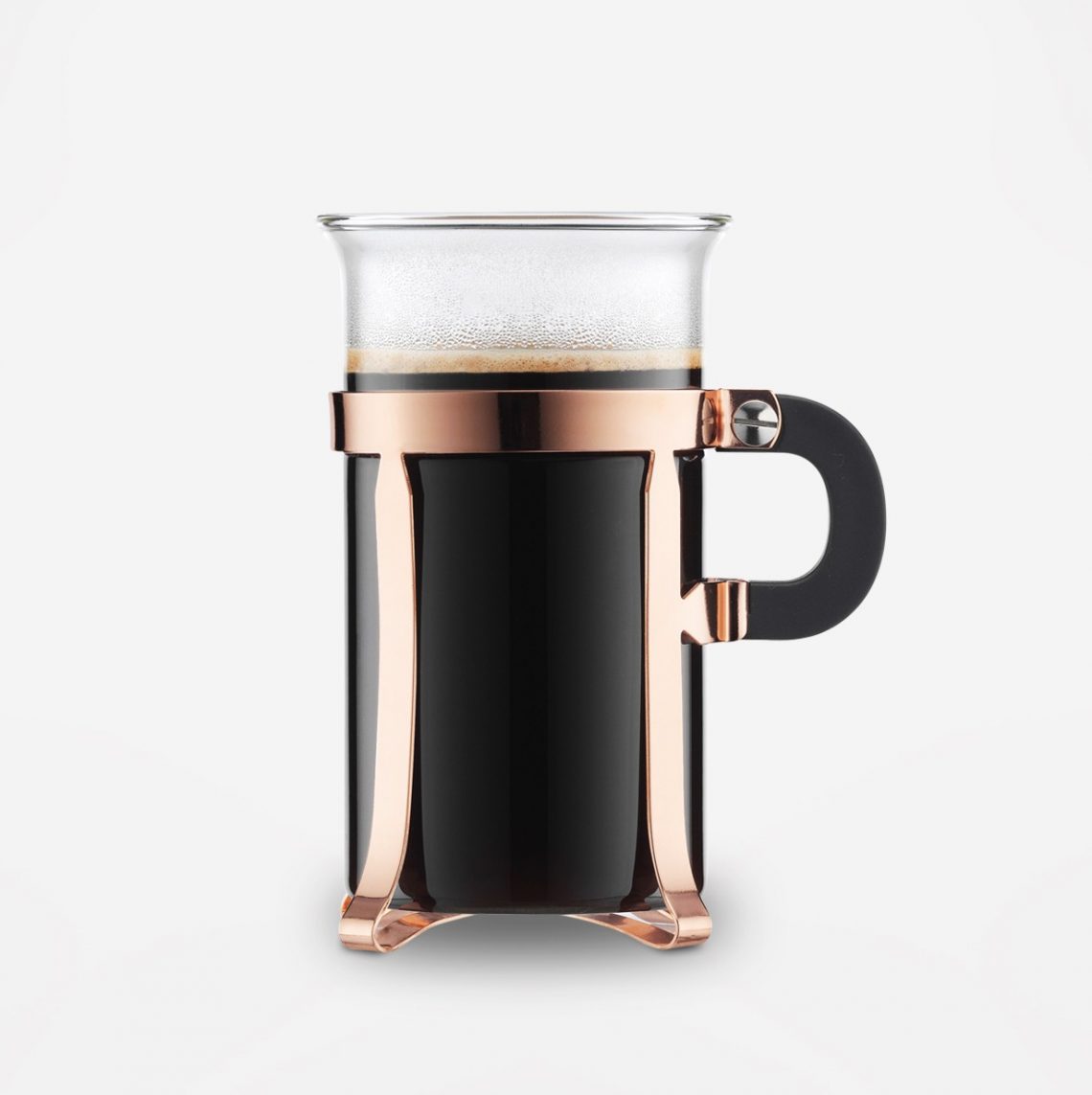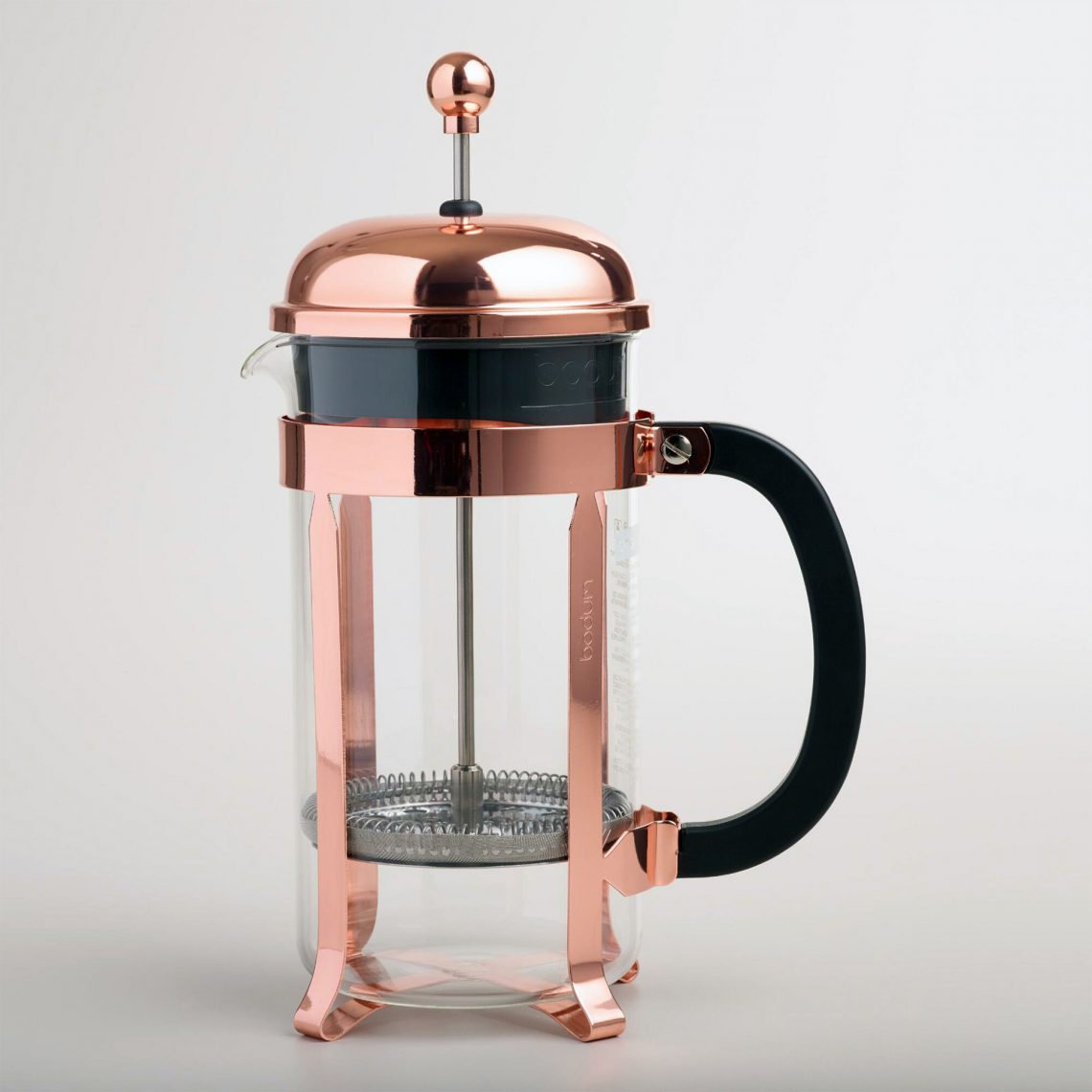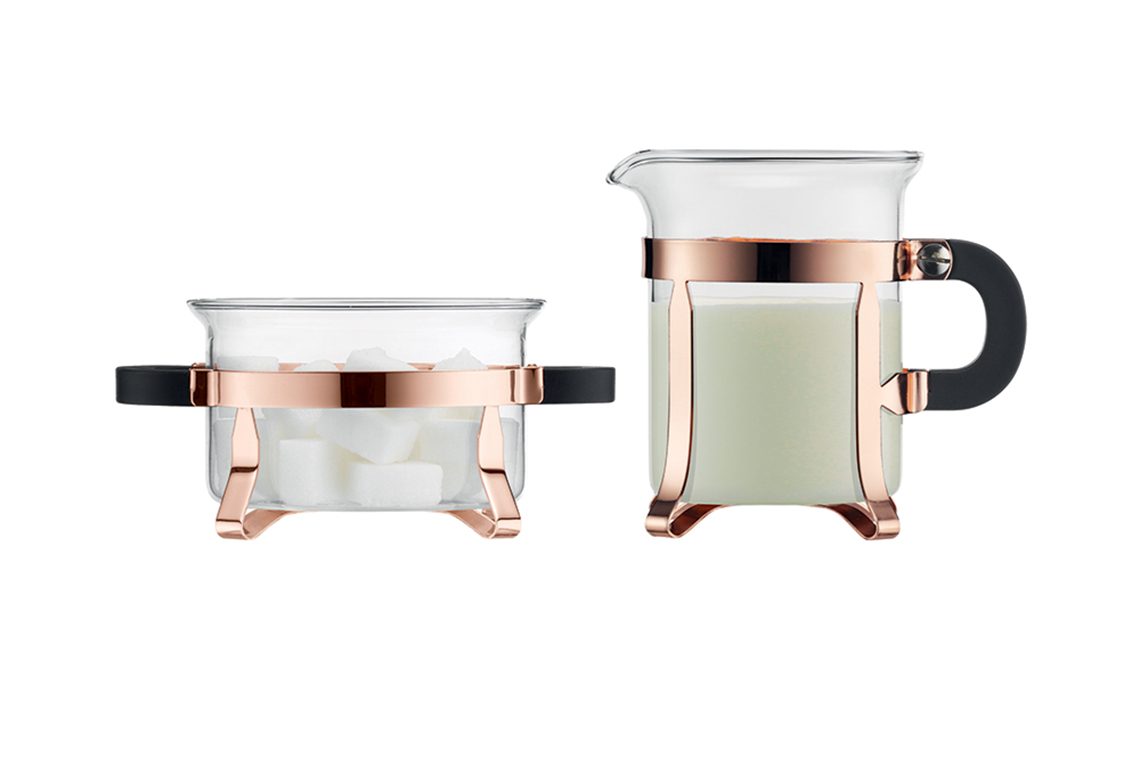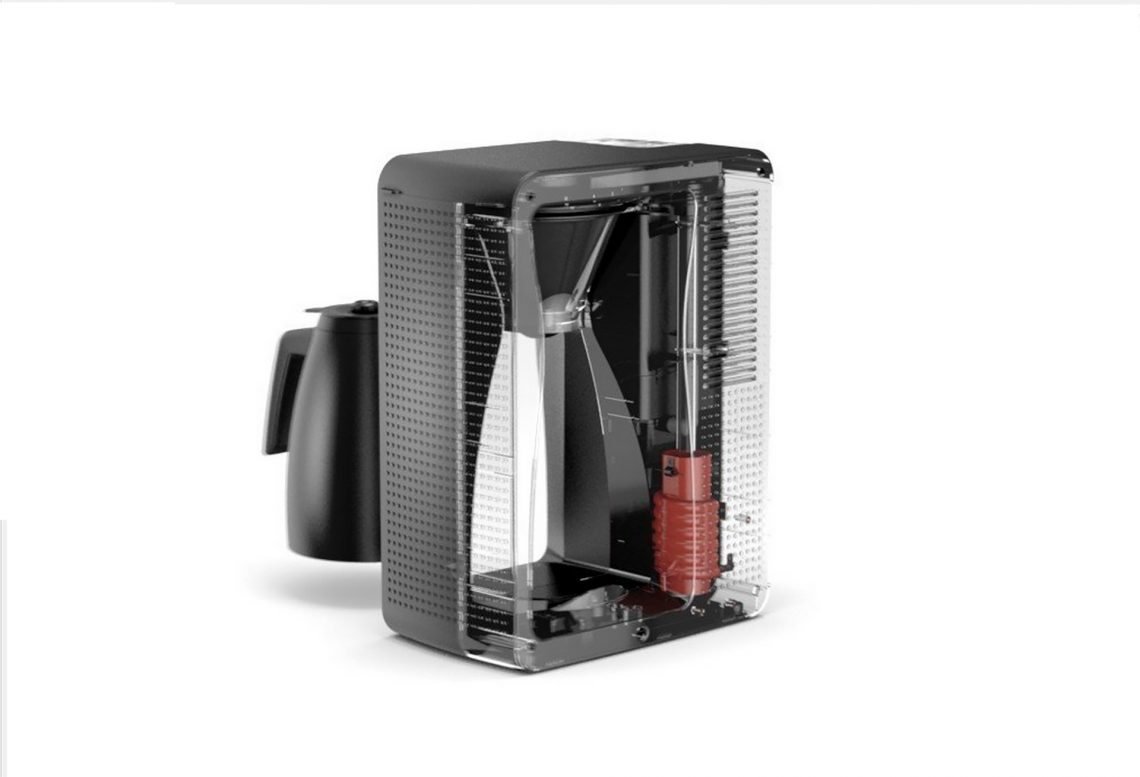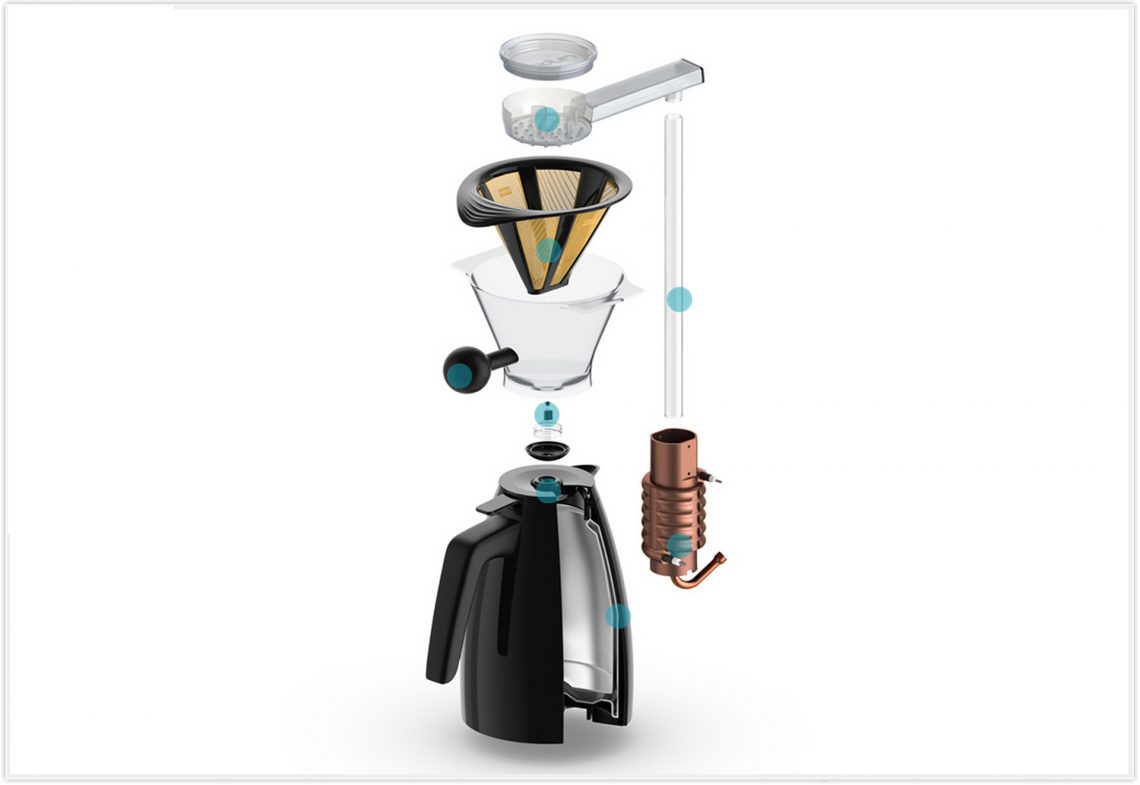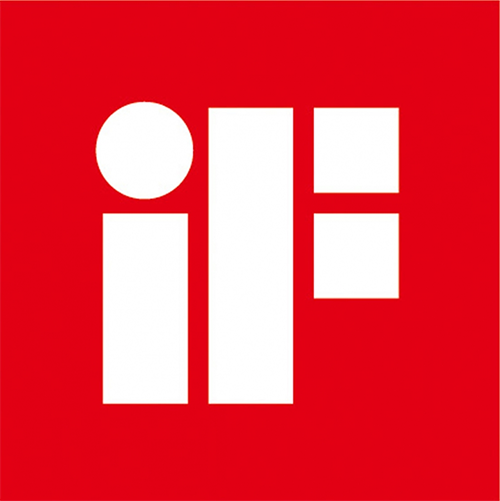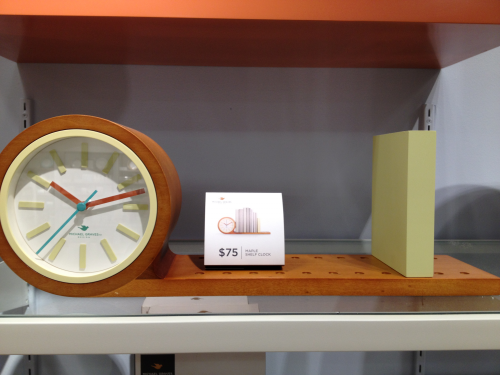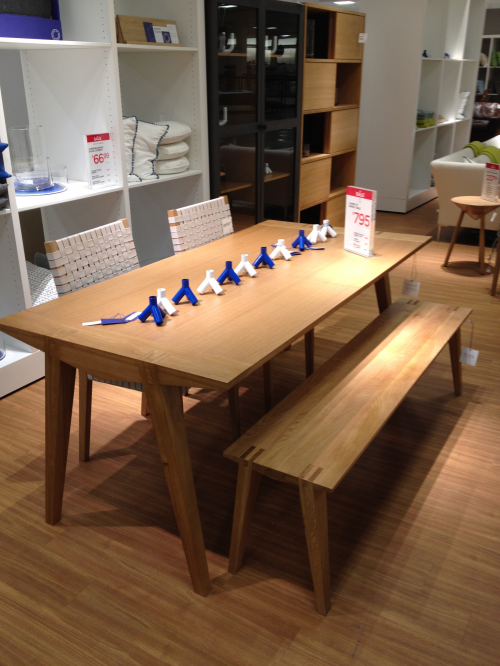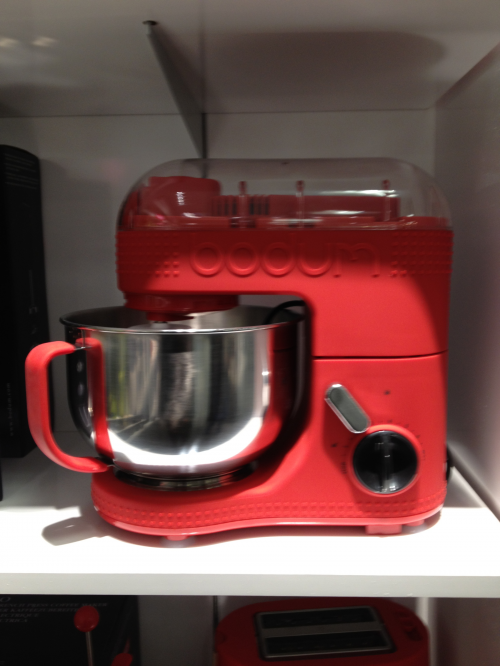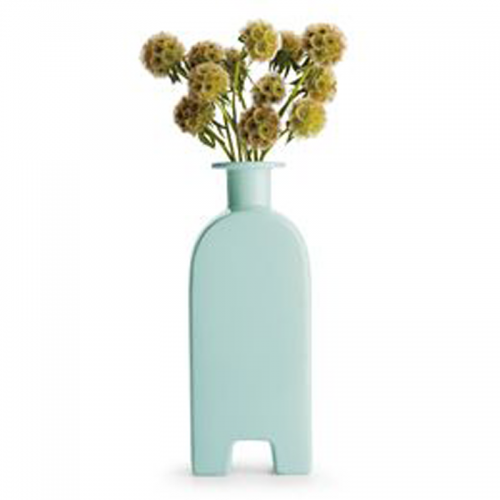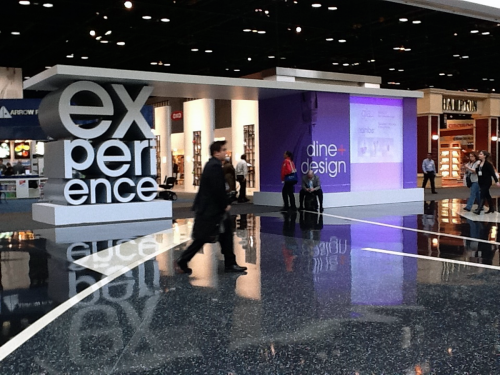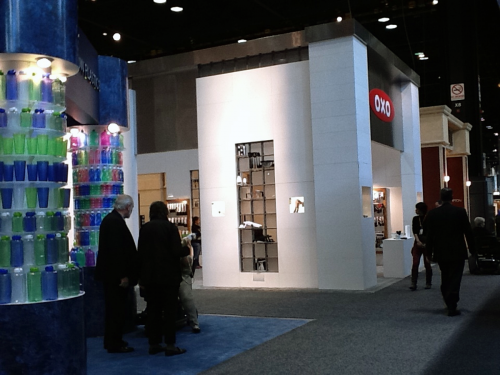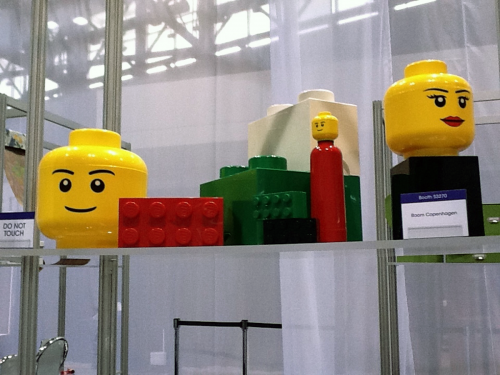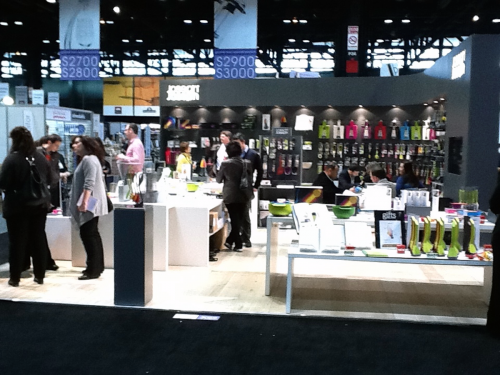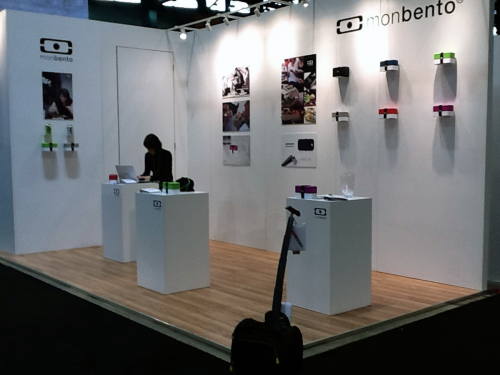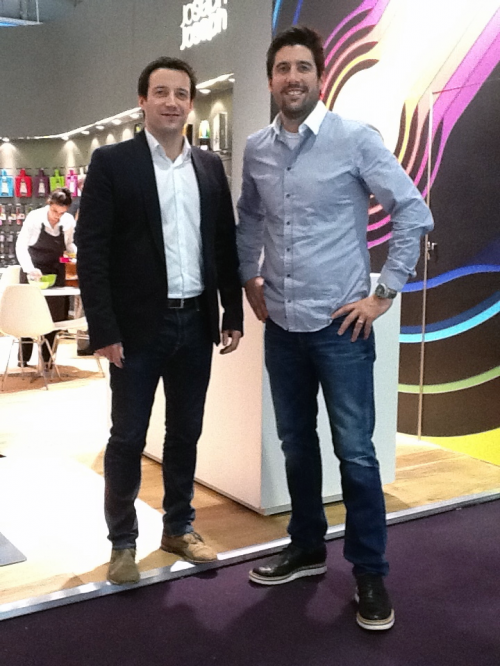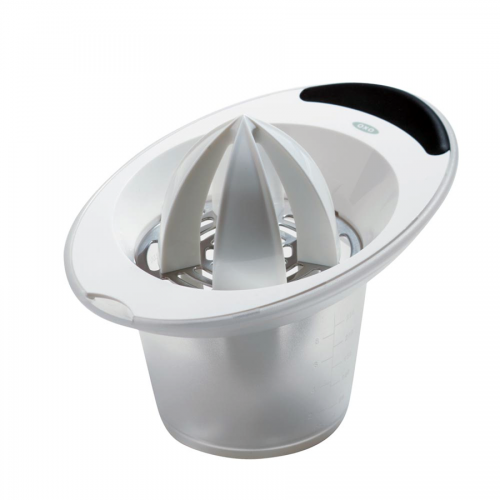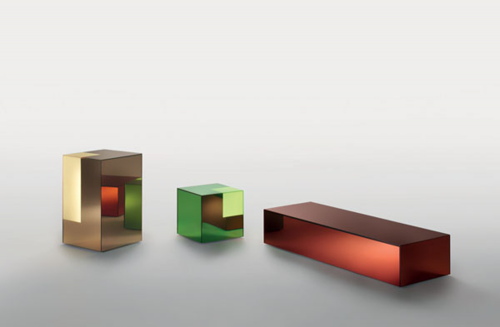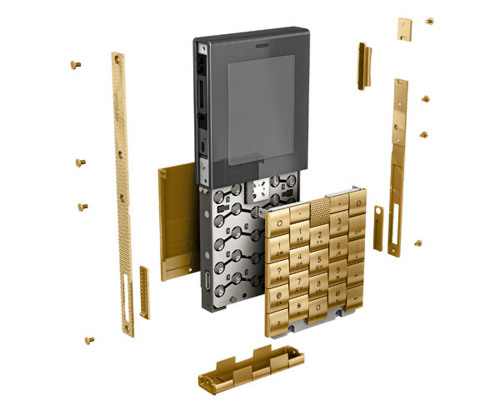 chambord french press | 1991 | click > enlarge
chambord french press | 1991 | click > enlarge
[ editor aside ] DA makes an effort to diversify our interviews and we were expecting to interview two local Chicago talents, architect Jeanne Gang and product designer Scott Wilson next. It turns out we now have interviewed two home wares giants back-to-back. Most recently we talked to Alessio Alessi in Miami and now Jørgen Bodum at Ambiente, the Frankfurt housewares fair. We are sitting atop the Bodum exhibit at Ambiente 2012 with Jørgen Bodum.
[DesignApplause] Bodum is known for a good looking and well functioning product. Can you say the products are design-driven or is there another way to describe the concept to completion of your product?
[Jørgen Bodum] I would say all our products are function-driven.
[DA] Your products are all over the world. Are there different products for different parts of the world?
[JB] More or less all over the world. We make just one version of product for all products worldwide though some products sell better from country to country. We sometimes do special products for special customers.
[DA] What do you mean?
[JB] Let’s say if Starbucks wants us to do something special for them we will do that.
[DA] Interesting that you mention Starbucks. I have a Bodum French Press from Starbucks. It’s a bit different looking than your normal product offering but your logo is prominent. Who approached who?
[JB] I’ve been working with Starbucks since 1984. I met Howard Shultz when he had just 40 stores.
[DA] Are there any other relationships you wish to share with us?
[JB] Sure. I think we have a very strong relationship with Crate & Barrel. We have a strong relationship with Ron Johnson, who ran all the Apple Stores until the first of November this past year. I knew him back when he was with Target before he went to Apple. And now he is CEO of JC Penny so I hope this strong relationship continues.
[DA] How does the end user find a good product? What’s the best way for you to let the end user know your products exist?
[JB] TV is very strong. We do a lot of advertising on TV in many countries. I think there’s no doubt that it’s the strongest media.
[DA] Your ads are very good. What about the Internet?
[JB] The Internet has also become very important. We have Internet sites set up where you can look at all of the products in many countries. We continue to strengthen sites for additional countries. We basically want to sell our products through our customers (retailers) but people can also buy on our sites and most important, you can buy spare parts online which in the past may have been hard to find.
[DA] How many products are in the marketplace at this moment?
[JB] At the moment the Bodum Collection is about 1,500 products.
[DA] What’s the shelf life of a product?
[JB] If we start with my father’s first product, the Santos, it’s still here, so that’s a long time. He did that in 1952.
[DA] Is there another product?
[JB] Yes, the Chambord French Press. And the gentlemen who just interrupted us, he sold me the company Martin S.A. in 1991 which made the first French Press under the name MELIOR. And that product is not only still here but it’s our best selling product.
[DA] DA gives you a lot of credit for trying something new with an old product, the French Press. Your Bistro Pour Over and Electric French Press offer up a great deal of innovation. Is it too early to ask you how the Pour Over is being received?
[JB] It’s being very well received. Our problem is with it now though is the small copper boiler inside and I cannot get enough of them. That’s our bottleneck right now.
[DA] Where it the source of the copper boiler?
[JB] We produce them in China but I am going to Asia next week to see if I can find a factory who can do it for us. And maybe we start buying the boiler here in Germany and send them out for assembly.
[DA] How long ago did you extend your core coffee and tea line?
[JB] I think I did that when I came into the company in 1974. My father was only doing coffee pots, but he died when I was only 17 and I took over when I was 24 and I started doing other products. But very much so coffee related.
[DA] Jørgen tell us a little about your background. And it sounds like you had a very quick and important role in the company. You didn’t start in the mail room.
[JB] No, actually I started in the warehouse. But at first I got my training in a Danish kitchen company and I did that for two-and-a-half years. Then I went to France for a year to learn French. That’s when I first visited the Martin SA factory. And then I went to Germany for a half a year to learn German. Then I went to Denmark and for three-and-a-half years I was in business school. Then I came into the company.
[DA] You would now call yourself a business man?
[JB] Yes, a business man. By learning.
[DA] Benjamin Franklin said that experience is the best of schools but only fools attend.
[JB] Well, then I happen to be a fool. ( a good laugh )
[DA] Bodum has a sizable presence at this Frankfurt show. How big is Bodum and describe your recent growth.
[JB] Growth has been very nice the last three years. We more or less doubled in the past three years.
[DA] Is a growth spurt like that a headache? Is it a positive thing?
[JB] I think it’s very positive. A spurt like that means people like your product.
[DA] Are there too many products in the marketplace?
[JB] Yes, probably. There are a lot of good products but unfortunately there’s also 80% junk.
[DA] Long-term vs disposable products. Where do you fit?
[JB] We are very much into disposable. We just introduced a new line of mixing bowls. What is most used in mixing bowls today is melamine which is not recyclable so we came out with a plasticized rubber that is recyclable. I think we have to be very careful what we do today, that every product should be environmental.
[DA] When did Bodum begin to be green?
[JB] It’s been green a long time because we’ve had very big clients who long ago became green. So, I’m not saying we were good but those clients as a result forced us to be green.
[DA] Are there any new products that are not out in the marketplace that you can talk about today?
[JB] Everything new is here. There’s a new electric mixer. There’s a lot of worry now about storage, food storage in plastic, and also cooking in plastic. We have a new water kettle that’s also very green and safe from plastic. We made it with an all silicone glass inside and outside with Tritan plastic. So the boiling water will not come in contact with plastic. And the next generation of the Pour Over has a glass container on the inside and protected by plastic on the outside so when you bang it against something it doesn’t break.
[DA] Some people feel that a product is expensive but are not aware of the thought and detail, and material that goes into the product.
[JB] And yes, let’s talk about disposable in a green way, a good product lasts longer and is therefore generally less expensive in the long run. You can get glass kettles today but they require some form of protection. If the glass breaks then you can scald someone and you lose the use of the kettle. And it may be very hard to replace the glass. So the protected glass kettle, though it may be 50% more that other electric kettles can be considered inexpensive in the long term.
[DA] In Bodum’s category, where are you priced?
[JB] It very much depends on the product. You may have a small press coffee maker up to an electric and the price can range from $10 to $200-$300.
[DA] You don’t have different lines that offer different price points.
[JB] No. The most important thing for me is that we give fair value to our customers.
[DA] We mentioned advertising earlier. Tell us about your tagline line “Make taste not waste.”
[JB] The tagline line is about five years old, about the time of the introduction for the capsule coffee system. The capsule concept makes coffee 10 times more expensive, and secondly, if you take one of the big capsule companies, they produce 9 billion capsules a year, just one company, six-thousand tons of aluminum. There were many court cases against us when we made this statement. They were saying at the time they were 60% recycled and they’re not even recycled 10%. And so far we have won all the cases.
[DA] Are you going to get in the coffee business?
[JB] We do a little now in fact. We roast it in New York. and fly it over to Japan or here where we need it. I like this little darker roast, an over-roasting. I think that Starbuck’s was an original over-roaster and can got a little criticism for it but I think it’s a wonderful taste.
[DA] What’s e-Bodum ?
[JB] It’s our power tools, electric products. We’ve been doing it awhile but the e-Bodum thing is about one year old. It’s now about 20% of our business. It’s become a very good concept.
[DA] How many new products do you introduce a year?
[JB] If you look away from the color and the shapes, about 50-to-100. With electric it’s less. Maybe three or four new electric products.
[DA] Are your products designed in-house? Do you ever go outside?
[JB] About 99% of our products are designed in-house.
[DA] Speaking of color, color is big. Where do you get your colors from?
[JB] Our product line is based on just four colors plus black and white from year to year. Some colors just happen. If a customer asks for a color we see if the color works well and if it does we integrate it. If a good customer asks for a certain color we’ll do it and if any of these new colors are successful the new color may be next year’s color.
I have to say when I see a new shape I have to see it in black because colors change the shape completely, in my eyes, because of the reflections.
[DA] I can see that. Though it’s interesting, it would seem, that white behaves like a bright color and your four colors are and have been on the bright side.
[DA] There’s a great deal of energy and traffic in your exhibit. Amidst the bustle and the carefully choreographed presentation of product there’s a video of a chimp who know how to make coffee among other things. Tell us about the chimp and does the chimp have a name?
[JB] The chimp doesn’t have a name. The first TV commercials we did in the 80s, we did with a real monkey, but now he is animated.
[DA] The monkey is animated? He’s so real I never gave animation a thought.
[JB] He’s animated, on the same system that Pixar used to make Toy Story. And sometimes we get complaints from parents, they say we can’t use a chimp, citing this or that about their children. And we say we don’t use a chimp, he’s animated. Many parents continue to say the kids are wondering how we get the chimp to blink. The chimp works well with our messaging.
[DA] It appears to be the case.
[DA] Let’s talk about you while we have you. Is there anything not Bodum related that you’re passionate about?
[JB] Yep, jogging. Rowing. Skiing. And skating. And not just for the fitness but to be out in the air, to see the beautiful blue skies and all the white snow. I do this in Engadin Switzerland.
[DA] Another off-topic question while we have you, you’re a good person to ask. Here’s a question I pose to design students: In an interview what do you say when someone asks you “Now tell me something you’re not good at.”
[JB] Ah, I would say that would be a very long story. ( another good laugh ) I’m what you call in English, dialectic. That gave me a little trouble in school and at my age they thought you were just dumb. You find your way though. I love reading and when you read enough you get caught up.
[ Facts About Bodum ]
• Since 1974, Bodum has produced over 100 million French presses and 30 million tea pots.
• Bodum works with wood that comes from controlled plantations where every tree is replanted.
• Bodum has several shops all over the world including: Paris, Copenhagen, Zurich, Lucerne, Tokyo, New York, Sydney, Auckland and more.
• Bodum has over 52 stores worldwide and even more shops within shops.
• Bodum operates in 17 different countries and employes over 600 people.
• Bodum has its main company in Switzerland, 18 sales companies around the world, a production company in Portugal, a design group (PI-Designs) in Switzerland and two buying offices located in Hong Kong and Shanghai.
[ bodum ]




